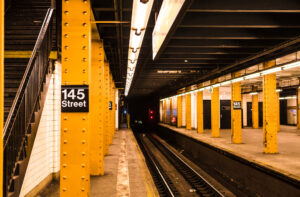The Rise of Suburban Living
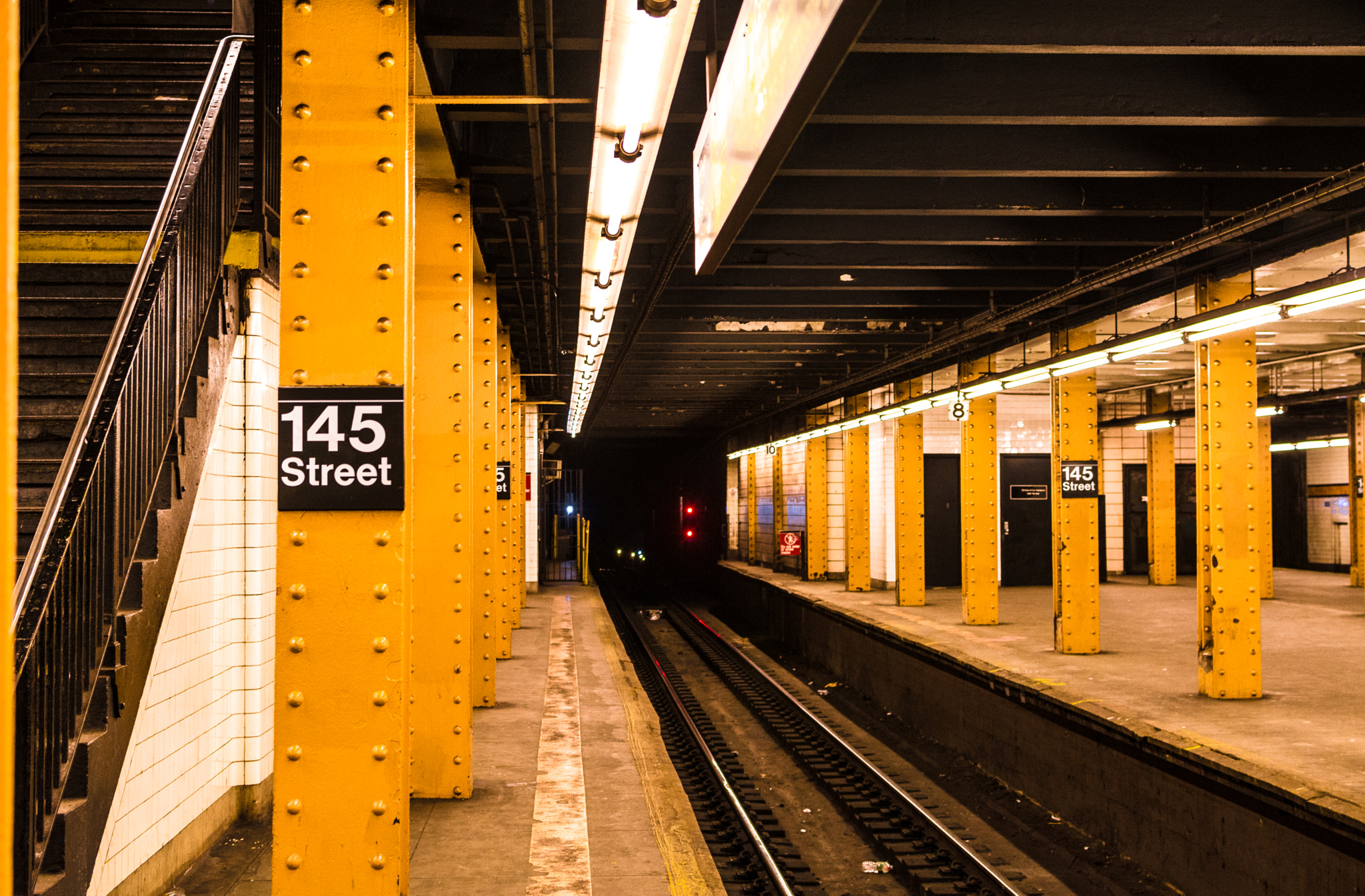
In the last few years, a noticeable shift has emerged as many city dwellers are heading towards the suburbs. This trend gained momentum during the COVID-19 pandemic when people sought more space and tranquility. According to the National Association of Realtors, a significant 52% of homebuyers in 2021 were looking towards the suburbs. This is a stark increase compared to previous years and indicates a desire for a different lifestyle. The pandemic made many rethink the hustle and bustle of city life, with its crowded spaces and high living costs. In contrast, suburbs offer more room to breathe and a quieter environment, which appeals to many seeking a change.
Economic Factors Driving the Exodus

The economic landscape has significantly influenced the migration to the suburbs. With the rise of remote work, many professionals no longer need to be close to their workplaces. Upwork predicts that by 2025, around 22% of the American workforce will work remotely. This newfound flexibility lets people choose homes based on preference rather than work proximity. Additionally, housing prices in urban areas have skyrocketed, making suburban homes, which often offer more space at a lower cost, more attractive. For many, the financial appeal of the suburbs is hard to ignore, especially when paired with the benefits of remote working.
The Impact of Technology
Technological advancements have played a vital role in the shift towards suburban living. High-speed internet has become essential, and many suburban areas now boast the infrastructure needed to support remote work. The Federal Communications Commission reports that over 90% of suburban households have access to broadband internet. This connectivity ensures that individuals can maintain their careers while enjoying the perks of suburban life, such as larger homes and expansive outdoor spaces. For many, the combination of technology and space is a winning formula, allowing them to balance work and leisure seamlessly.
Changing Demographics
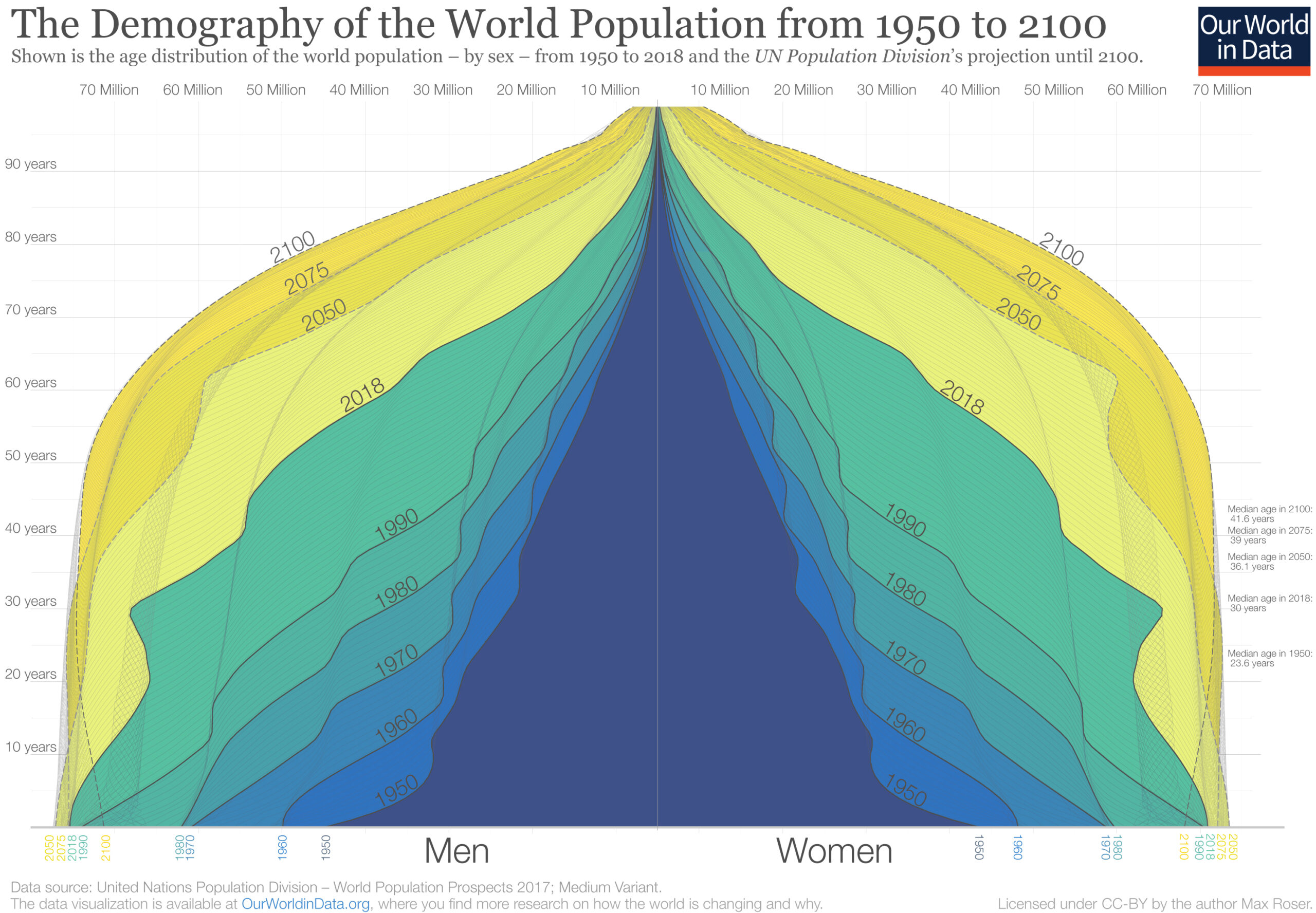
The face of suburban communities is changing. Once primarily associated with families, suburbs are now attracting younger professionals and retirees. The Pew Research Center found that millennials, in particular, are gravitating towards suburban areas, with 43% of first-time homebuyers in 2021 opting for these locations. This demographic shift is reshaping the cultural and social fabric of suburban neighborhoods. As these new residents bring diverse backgrounds and experiences, suburbs are evolving into vibrant communities that reflect a broader spectrum of society. This change adds a fresh dynamic to suburban life, making it more appealing to a wider audience.
The Role of Urban Amenities
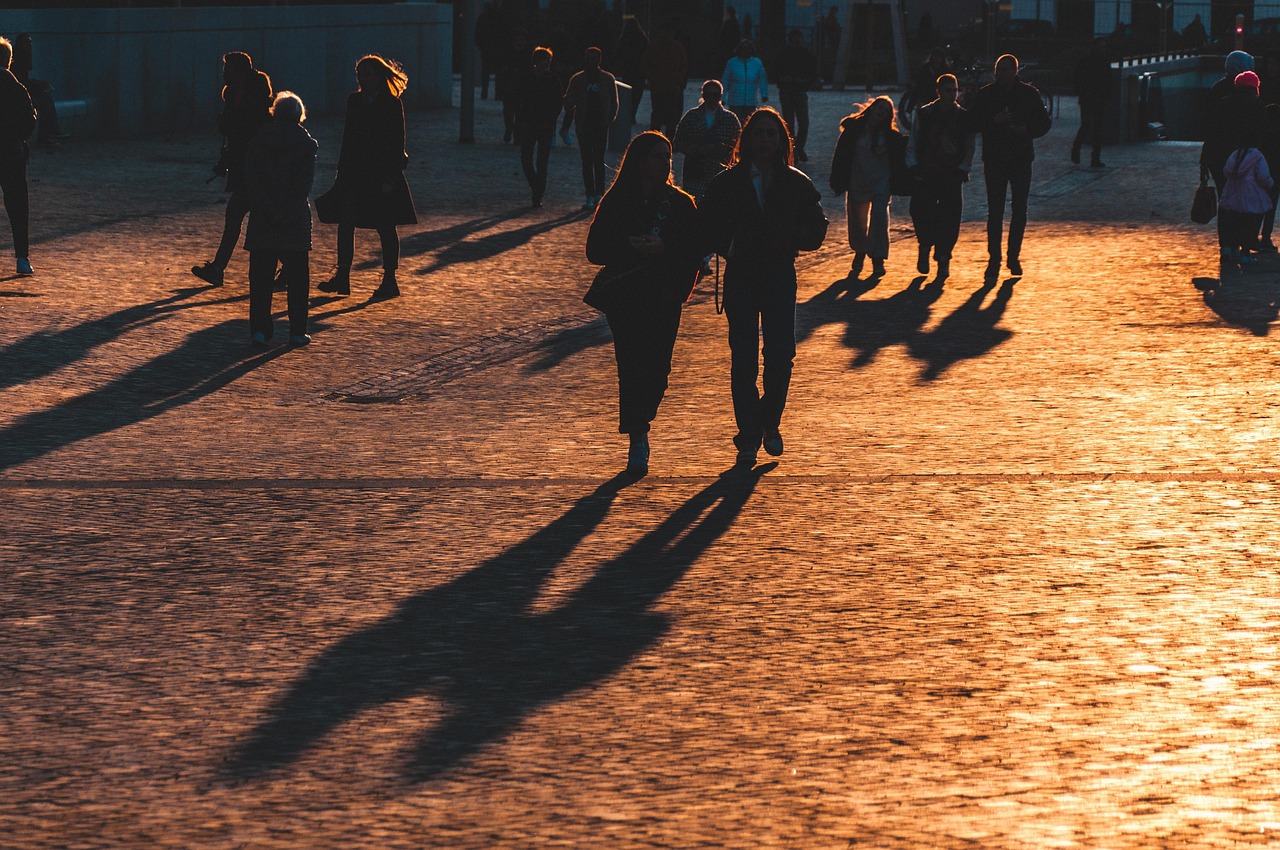
While the allure of suburban living is strong, the desire for urban amenities remains prevalent. Many suburbs are adapting by developing mixed-use spaces that incorporate shops, restaurants, and entertainment options. The Urban Land Institute highlights that a significant 75% of millennials prefer neighborhoods that are walkable and have convenient access to amenities. This trend indicates that suburbs must evolve to meet the changing expectations of residents who value the conveniences of city life. By offering a blend of suburban tranquility and urban accessibility, these areas can cater to a broader range of preferences.
Environmental Considerations

The environmental impact of suburban living is becoming an increasingly discussed topic. While suburbs often provide more green space, they can also contribute to urban sprawl and increased dependency on cars. The Environmental Protection Agency points out that transportation is the second-largest source of greenhouse gas emissions in the U.S. As more individuals relocate to the suburbs, addressing these environmental challenges is crucial. Sustainable development practices, like promoting public transportation and creating walkable neighborhoods, will be essential in ensuring that suburban growth does not harm the environment.
The Future of Urban Centers
Despite the suburban exodus, urban centers are not disappearing. Cities are adapting by enhancing their appeal through improved public spaces, affordable housing initiatives, and cultural offerings. A report from the Brookings Institution suggests that urban areas are focusing on creating vibrant, inclusive environments to retain residents. This indicates a potential for coexistence between urban and suburban living. Cities still offer unique experiences and opportunities that suburbs can’t replicate, and as they evolve, they remain attractive to many.
The Role of Community and Social Connections

A significant factor driving the move to the suburbs is the desire for community and social connections. Suburban neighborhoods often foster a sense of belonging through community events and family-friendly activities. The Knight Foundation’s survey revealed that 80% of respondents believe community engagement is essential for a fulfilling life. As people prioritize these social connections, suburbs become increasingly appealing. This emphasis on community makes suburban living more than just a change in location; it’s a lifestyle choice centered around building relationships and connections.
Future Trends in Suburban Development
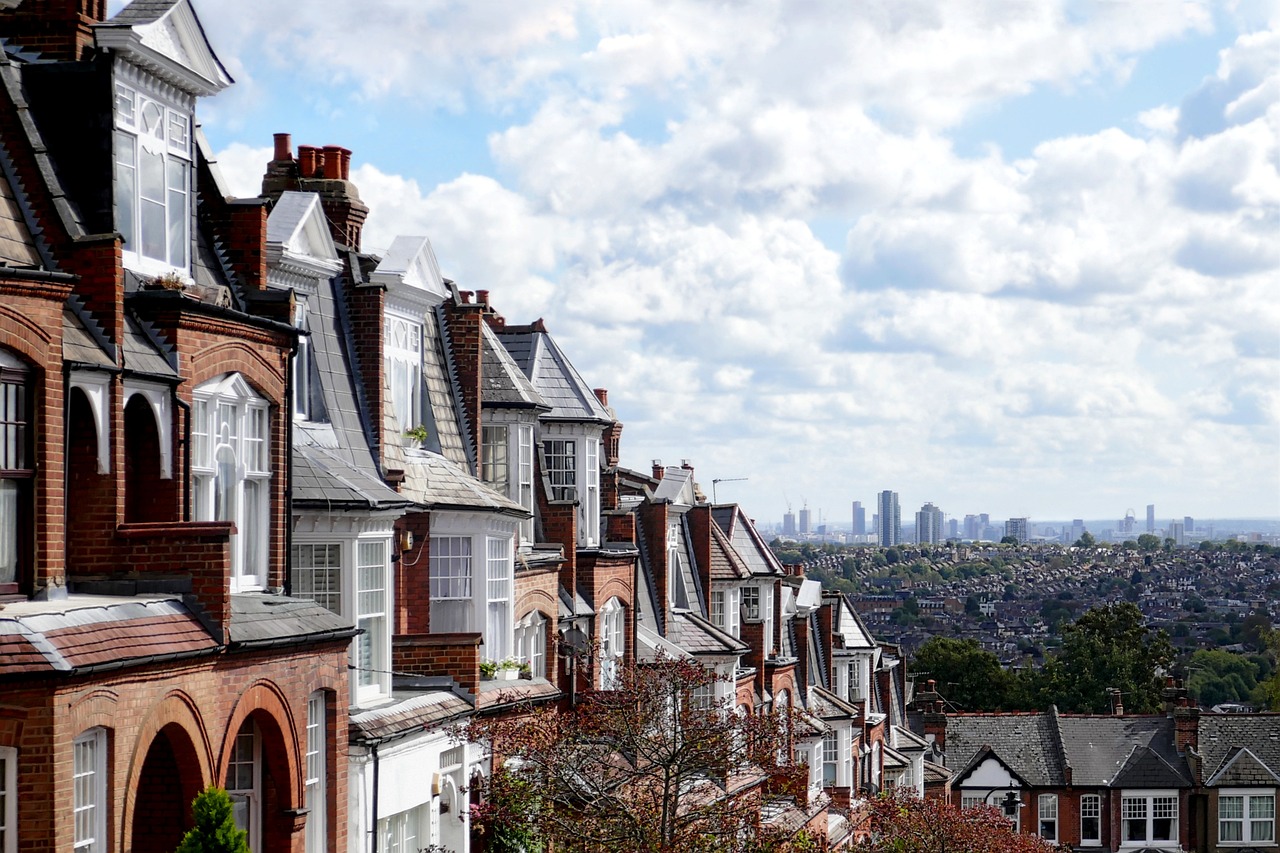
Looking to the future, suburban development is likely to focus on sustainability and inclusivity. Planners are emphasizing walkable neighborhoods, public transportation options, and green spaces to create more livable environments. The American Planning Association reports that 60% of communities are prioritizing sustainable development practices. This shift reflects a commitment to creating suburbs that are not only desirable but also environmentally responsible. As these trends take hold, the suburbs of tomorrow will be places where people can live harmoniously with nature and each other.
Conclusion: A New Era of Living
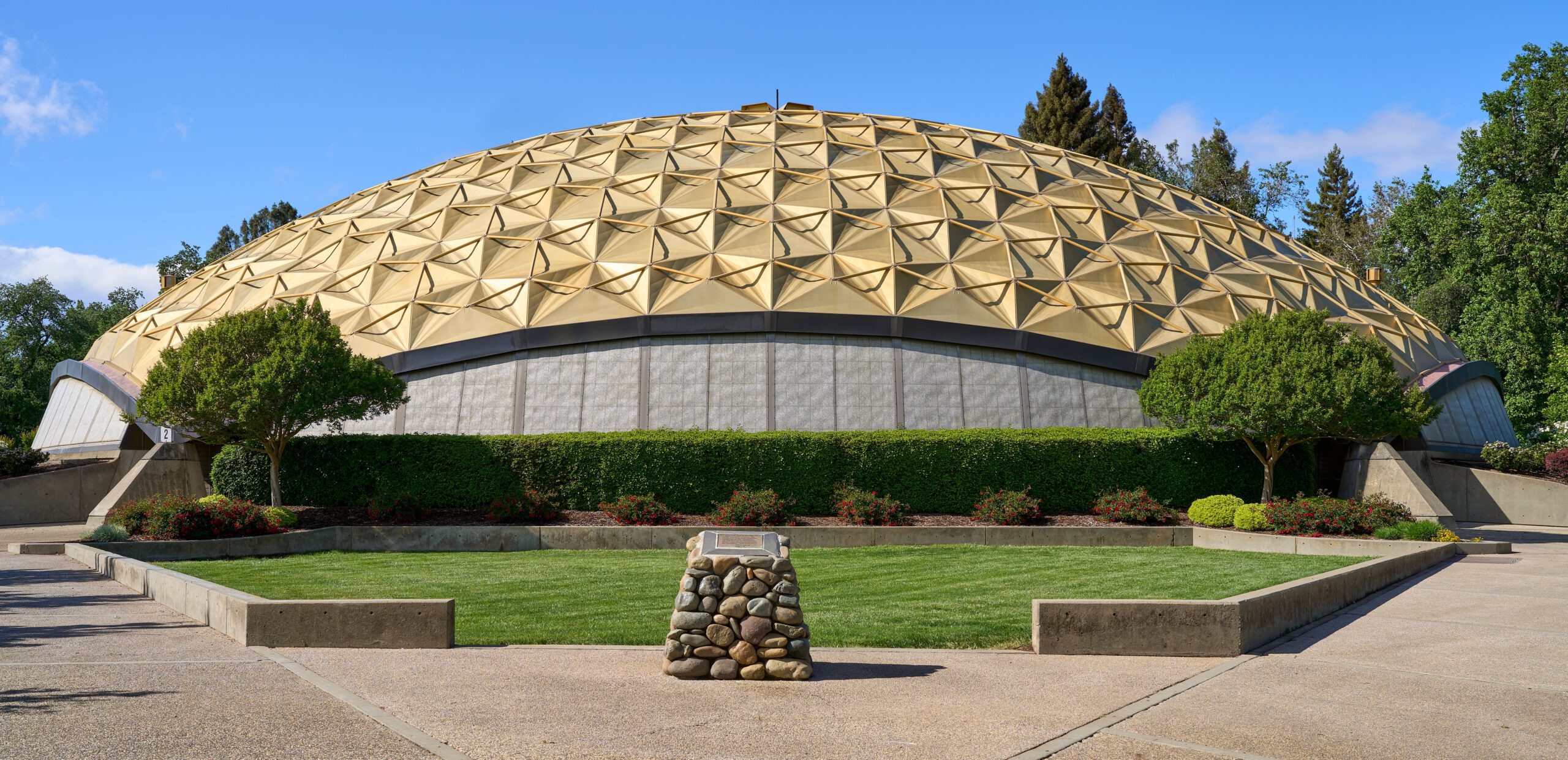
The future of suburban living looks promising, with numerous factors contributing to its appeal. While the exodus from cities may not be entirely permanent, current trends suggest a lasting transformation in how people choose to live. As suburbs continue to evolve to meet the needs of a diverse population, they may redefine what it means to live outside urban centers. The interplay between urban and suburban living will undoubtedly shape the landscape of American life in the coming years.

